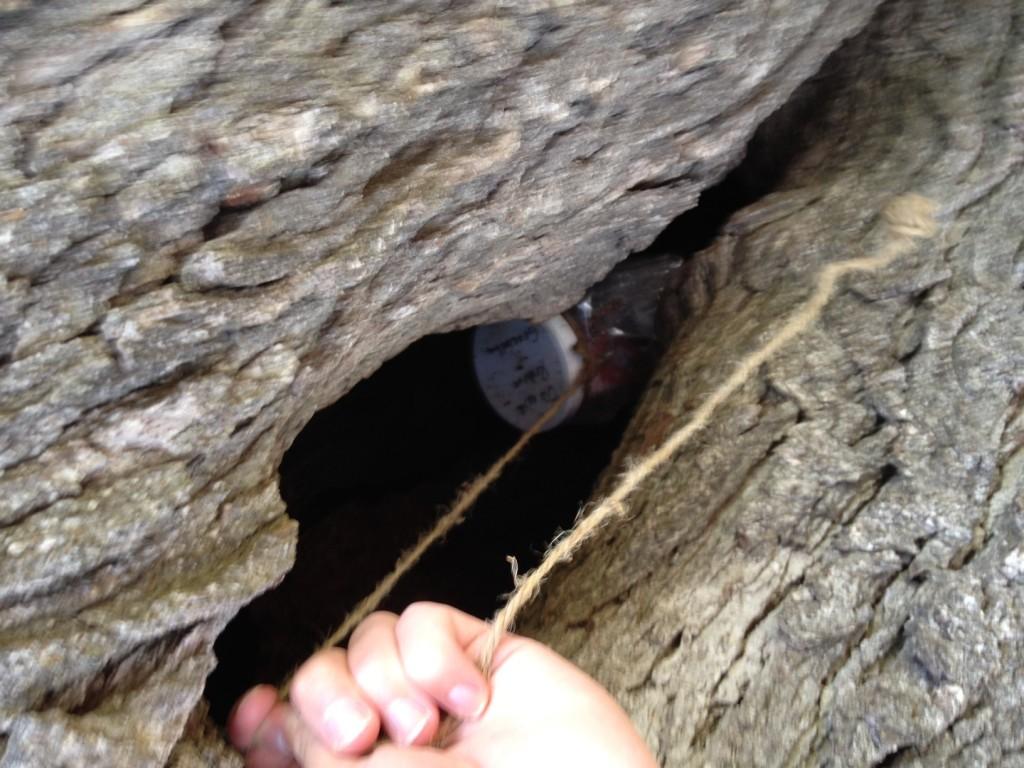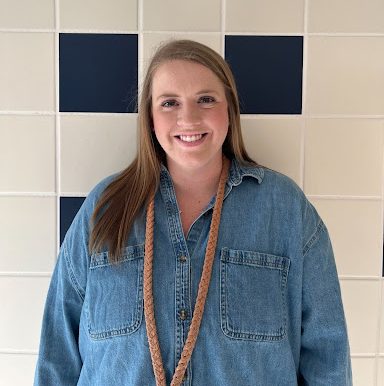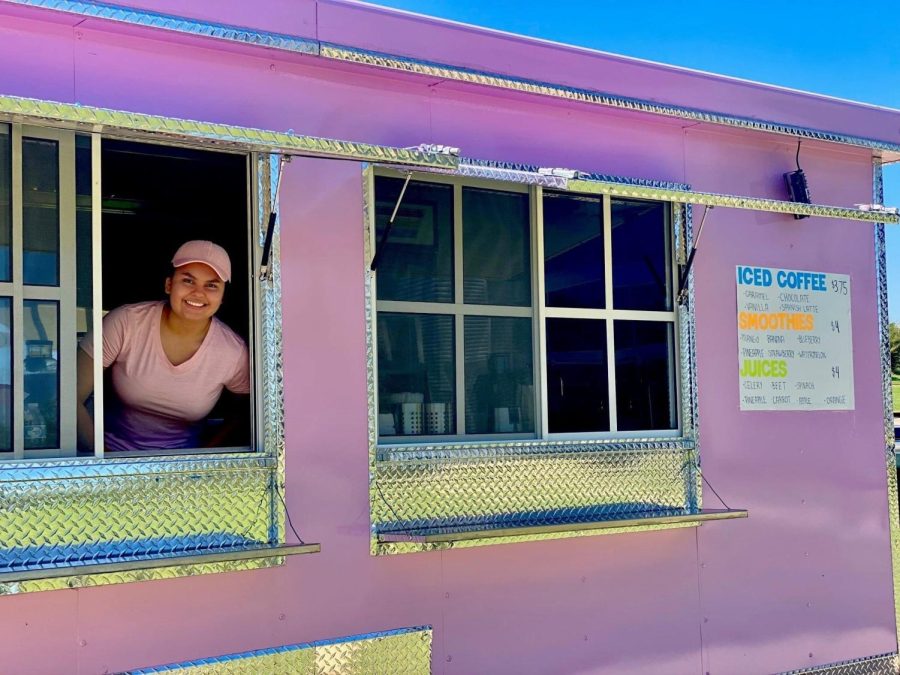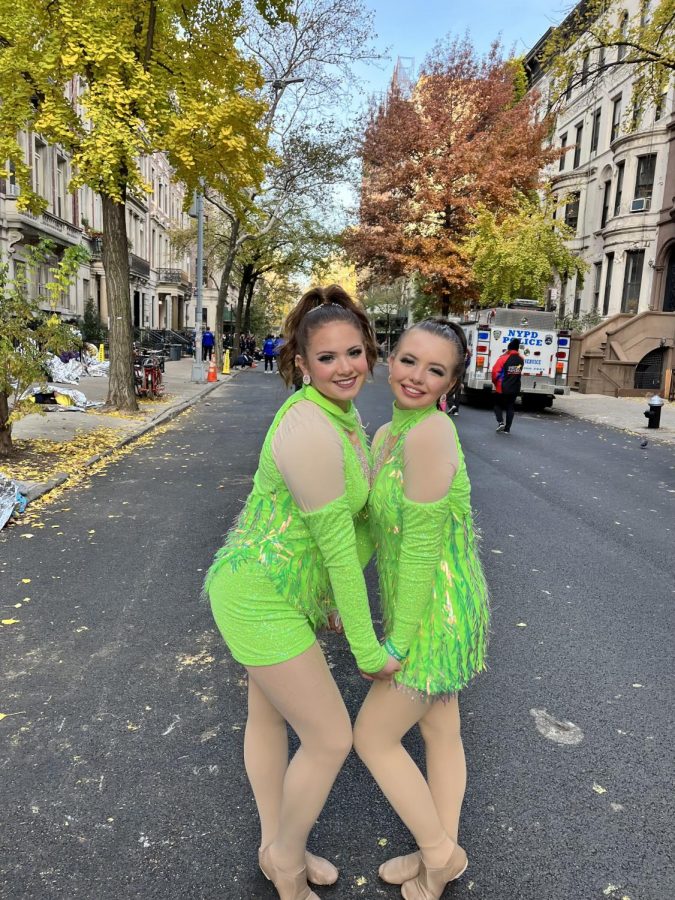Hiking through the LBJ Grasslands with a broken GPS, four seniors were lead astray during a hot summer day.
Lost in the woods, they walk around for five hours in 110 degrees determined to find the treasure, or what they call a geocache.
“We had to hike through these insanely dense woods,” Cole Wendling said. “After about two miles into the woods we found this tiny little capsule that was hanging from a tree, and we read the new coordinates from the tiny capsule. We thought we were at the geocache but we weren’t.”
Wendling and his friends, Garrett Gibson, Travis Kyle and Ross Prichard continue through the woods to find the next clue, or what they hoped to be the geocache.
“We weren’t leaving until we got the cache,” Kyle said.
As they continue on their long adventure, they run into a giant thorn covered brush that lasted, what seemed like, a mile.
“It was super hot and we didn’t have any water,” Wendling said. “We were all bleeding and all of our arms and legs looked like cutting boards. We thought we were all going to die. We finally made it to the geocache, and we signed our name in blood. We were so angry at it but we got the geocache and we got the smiley and that is the important part.”
Geocaching is an online treasure game, where anyone can go onto the geocaching website, geocaching.com, and get coordinates on how to find treasures hidden around your community. Then these treasures can consist of trackable items and trade items, and they range in level difficulty and terrain.
“It’s a pretty cool thing to do for the challenge aspect of it,” Wendling said. “Plus, you get a lot of cool little prizes.”
Once the geocacher has the coordinates plugged into their iphone app or a GPS, they then drive toward the location of the hidden cache.
“When you get within a certain radius, about 60 feet, you get out of your car and start searching for it,” Kyle said. “It could be under a rock or in a tree. Then you sign the log book and put a little prize in it and take something out for you.”
The caches are all different sizes and shapes. There are three categories it can fit in and that is: large, moderate, micro. The large is a trash can size, the regular is a lunch box size and the micro is a film canister that usually consists of just the log book to sign, where as the other two sizes include prizes in each cache.
“Geocaching is like a discovery,” Gibson said. “You get to go to different landscapes and find the cache, then find something rewarding inside.”
Once the geocache is found the geocacher is allowed to take one item and keep it, but they also must put something different back in the cache for someone else to find. An interesting object Kyle found was a bentley watch.
“It was a fake, but we looked it up online and if it were real it would have been worth $30,000,” Kyle said.
Gibson has found some fascinating things as well, but he has also put back some amusing objects.
“I found a pair of sunglasses once in a geocache,” Gibson said. “I have also found a shark tooth necklace. The coolest thing I put back was a What-A-Burger number sign or a key chain of a little beach from Mexico.”
From inside a tree, to under a rock, in a firehydrant, even in a lamp post, geocaches are hidden everywhere. Wendling has found 86 since the beginning of summer, Gibson at least 40, and Kyle around 50.
These boys aren’t the only ones who find geocaches in our school. The new psychology teacher, Konstance Thompson does as well.
“I didn’t learn about geocaching until January,” Thompson said. “They take you to really cool places that you may have not known were there; that is what got me hooked. One of the caches I found was in Coffman at a veteran cemetery.”
There is more to geocaching than just the treasure hunt. One of the main reasons it got started was to clean the environment while having fun.
“Caching makes you feel connected to the community, because you are solving a puzzle that someone else left for you to find, and while hunting and following clues, you pick up trash too to help the environment,” Thompson said. “I always leave something behind, such as an earring or friendship bracelet, that I can recognize later and remember if I find it again in a different cache.”
Once a person has gone to the website and signed up as an official cacher, they are ready to begin the hunt.
“My favorite part about geocaching is anyone can do it, it’s easy to pick up, and it is a modern treasure hunt,” Wendling said.








